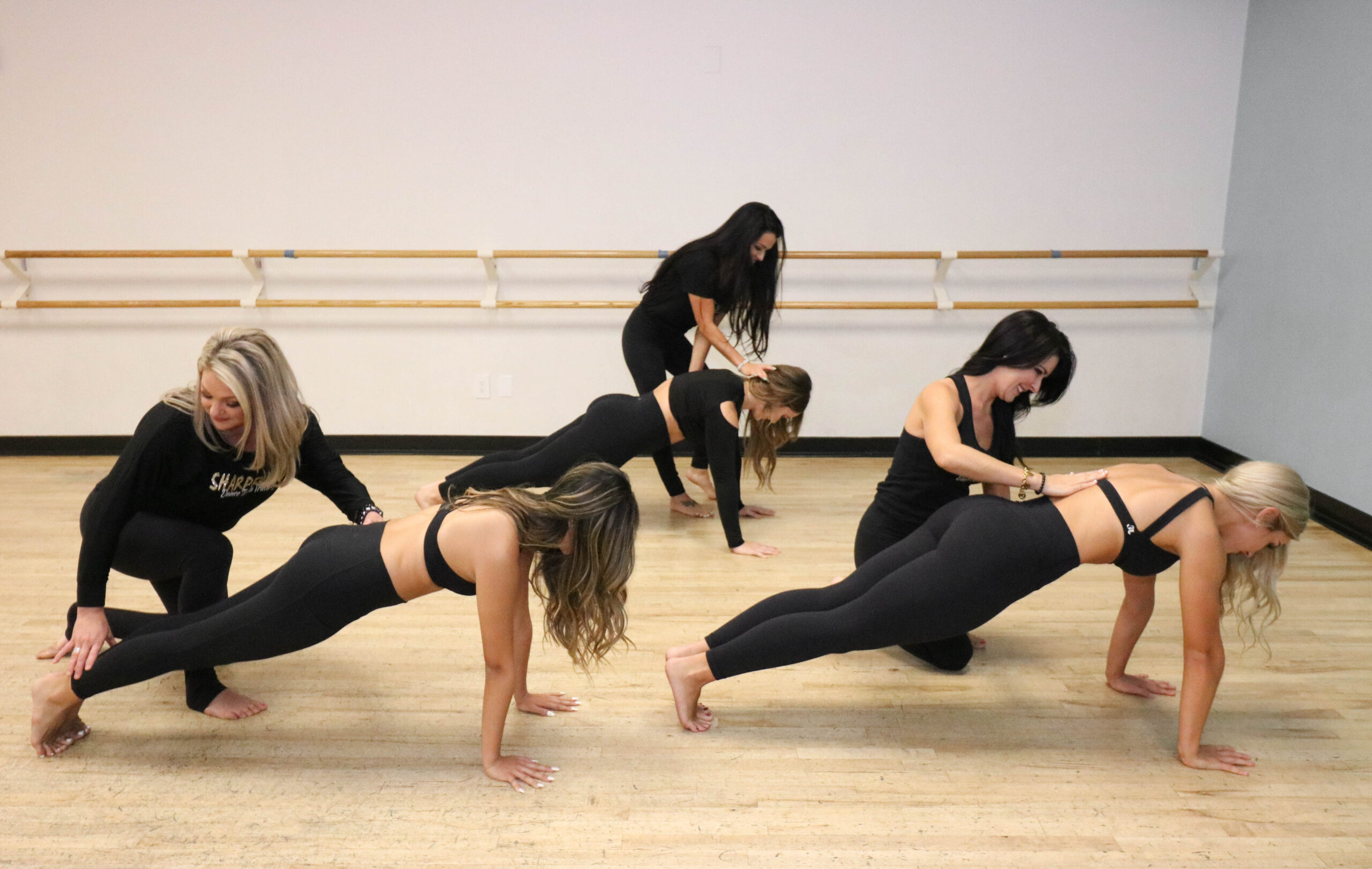Flexibility and strength are both indispensable to the art of dance. While flexibility allows for a greater range of motion and beautiful lines, strength ensures that those movements are controlled, powerful, and safe. By prioritizing strength alongside flexibility, dancers can enhance their performance, prevent injuries, and extend their careers. As the dance community continues to evolve, a balanced approach to training that emphasizes both flexibility and strength will remain key to the success and longevity of dancers everywhere.
The Relationship Between Strength and Flexibility
Flexibility allows dancers to execute a wide range of movements, but strength is what makes those movements controlled, precise, and safe. The relationship between strength and flexibility in dance is symbiotic; one cannot fully thrive without the other. Here’s why strength is just as important as flexibility for dancers:
1. Injury Prevention
Dancers are prone to various injuries due to the repetitive and often extreme nature of their movements. While flexibility allows for greater range of motion, it is the muscular strength that provides joint stability and support. Strong muscles around joints can help prevent injuries such as sprains, strains, and dislocations. For example, strong core muscles protect the spine during lifts and jumps, while leg muscles support the knees and ankles.
2. Enhanced Performance
Strength enhances a dancer’s performance by allowing for more powerful and dynamic movements. A dancer with strong leg muscles can achieve higher jumps, quicker turns, and more explosive movements. Similarly, upper body strength is essential for lifts and sustained positions in various dance forms and positions.
3. Control and Precision
Flexibility without strength can lead to uncontrolled and sloppy movements. Strength enables dancers to perform movements with precision and control, which is essential for maintaining proper form and technique. This control is crucial not only for aesthetics but also for executing complex choreography safely and effectively.
4. Endurance
Dance performances and rehearsals can be physically demanding, often requiring sustained effort over long periods. Muscular strength contributes significantly to overall endurance. Stronger muscles fatigue less quickly, allowing dancers to maintain their energy and performance quality throughout a session or show.
Integrating Strength Training into Practice
Given the critical role of strength in dance, it’s important for dancers to incorporate targeted strength training into their regular routines. This can include:
- Bodyweight Exercises: Push-ups, planks, squats, and lunges are excellent for building foundational strength.
- Resistance Training: Using resistance bands or light weights can help increase muscle strength without adding bulk, which is particularly beneficial for dancers.
- Explosive Exercises: These explosive movements, such as jump squats and burpees, can improve power and agility.
- Core Workouts: Exercises like Pilates and yoga are great for building core strength and enhancing overall stability.

